Structured physical activities are usually led by a qualified adult and include organized sports, guided play, and school PE programs. Structured activities are important throughout a person’s life, but they play an essential role in early childhood—from birth to about age five. These are very tender years for a child. What they learn at this early age lays the groundwork for their future cognitive, social, emotional, and physical skills.
Let’s examine how structured physical activity benefits early childhood programs.
1. Encourages healthy behaviors to dispel childhood obesity.
According to the CDC, 1 in 5 school-aged children are obese. Childhood obesity puts kids at immediate risk for cardiovascular disease, prediabetes, and bone and joint problems. In the long term, children who are obese are much more likely to be obese as adults, putting them at risk for several severe issues, including osteoarthritis, diabetes, heart disease, and various forms of cancer.
Structured activities go a long way toward preventing childhood obesity. Studies show that obesity prevention programs in preschool are highly effective, particularly in poverty areas. Participating in guided, controlled activities for just an hour a day burns calories, builds muscle, and encourages kids to maintain an active life.
Instilling healthy behaviors through structured activities at an early age lays the foundation for a healthier society as a whole.
2. Develops motor skills, coordination, and movement at a young age.
Infants and toddlers are little balls of energy. They crawl, roll, kneel, creep upstairs, and eventually find themselves upright and taking their first stumbling steps. It’s no easy feat for a young child, but structured physical activity encourages movement and helps a child learn how his limbs and muscles can move in unison. In other words, their building the basics of coordination.
As their physical abilities develop, kids learn to use their hands more. Around the age of two, kids enjoy finger play activities, like The Itsy Bitsy Spider, which assist in developing dexterity and hand-eye coordination. Other finger play exercises, like Head, Shoulders, Knees, and Toes, allow children to touch and identify different body parts.
Even the most basic exercises and activities—throwing, catching, bouncing, or kicking a ball—help kids coordinate their movements.
Furthermore, structured activities encourage free movement. Bouncers, walkers, and playpens significantly limit movement and force infants to move before they’re ready. As the saying goes, you have to crawl before you can walk.
To accommodate a toddler’s coordination, movement, and growing interest in navigating their space, try to accumulate at least 60 minutes of structured physical activity a day. This could involve simple games, walking, or participating in a parent-child tumbling or dance class.
3. Improves mood and self-esteem.
That great feeling after a run is mainly thanks to the production of endorphins, the good-feeling chemical that floods your body. With kids, this associates fun and good times with engaging activities.
Structured physical activities reduce anxiety and depression and give children a healthy outlet for managing everyday stress. These ideas extend beyond childhood and well into adult life.
During structured activities, parents and adults also have the opportunity to address body image. We live in a world filled with false perceptions of body image, which builds an unhealthy ideal of perfectionism and an overly critical sense of self, potentially leading to depression and anxiety.
Structured activities encourage a positive body image—personal and otherwise—which provides a greater sense of self and builds self-confidence. It gives them the social and emotional skills they need to cope with restrictive and skewed societal norms in a healthy, positive manner.
4. Bonding through shared physical activity.
Playing with kids also reinforces strong bonds with their parents and teachers, bonds that offer unwavering love and support. This supportive foundation helps kids develop resiliency, optimism, and the ability to bounce back from adversity, which are important traits for facing future challenges.
Tools to Support Structured Physical Activity
At School Specialty, you’ll find all the tools and supplies you need to engage early childhood students in any form of active play.
Read More: 3 Steps to Promote Activity in the Classroom
What are your favorite games and activities to get your children or students moving? Let us know in the comments!

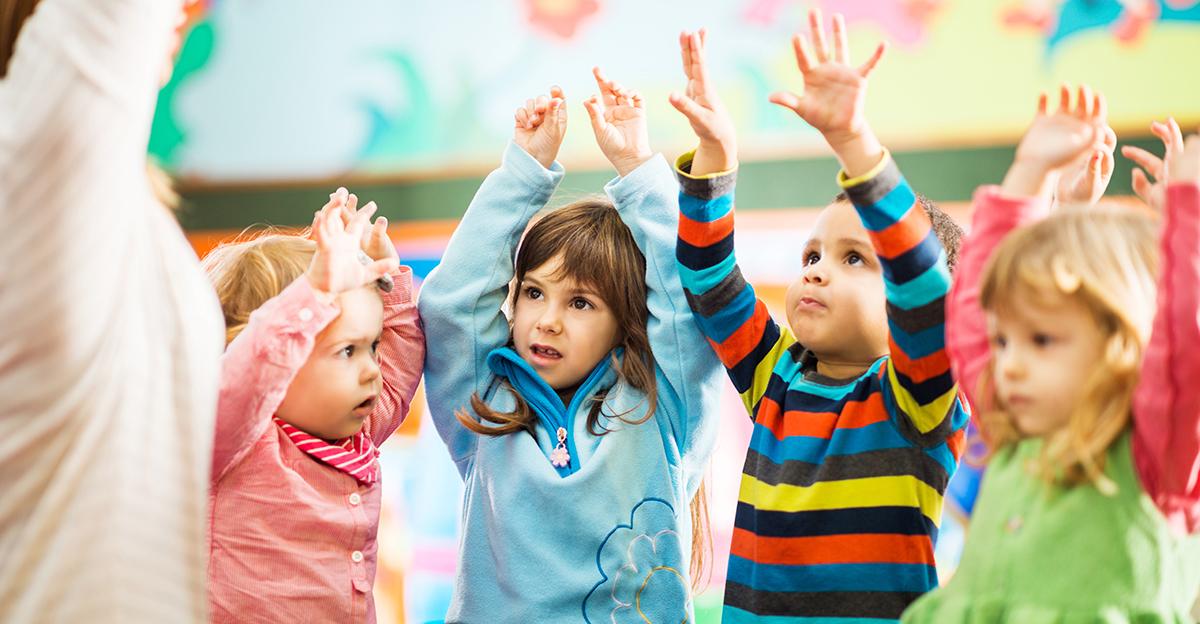
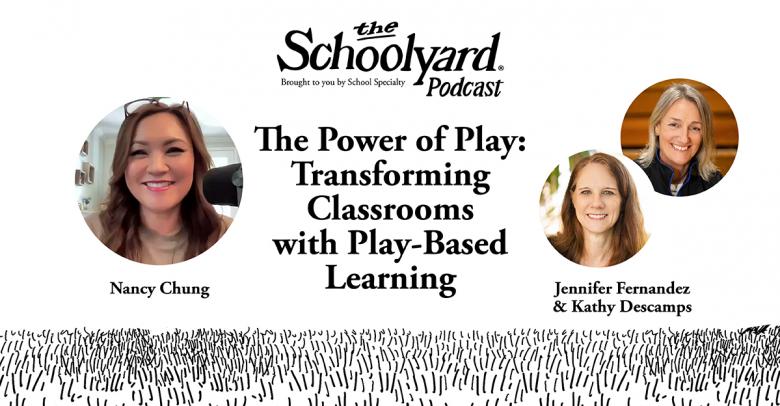
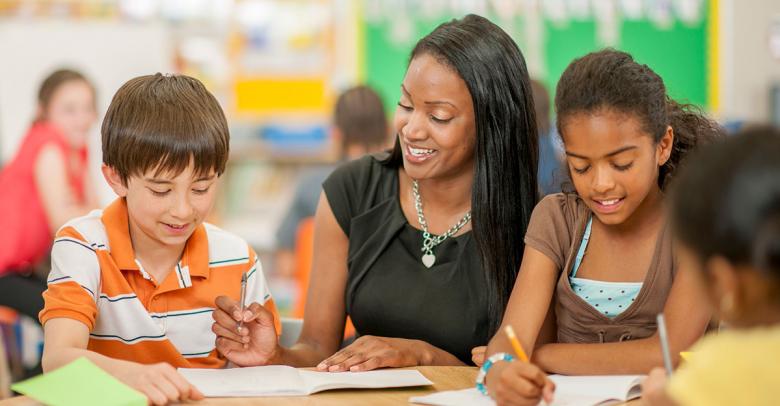
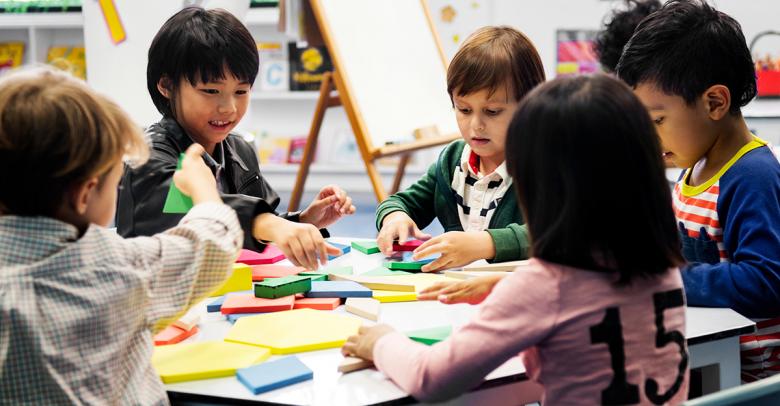
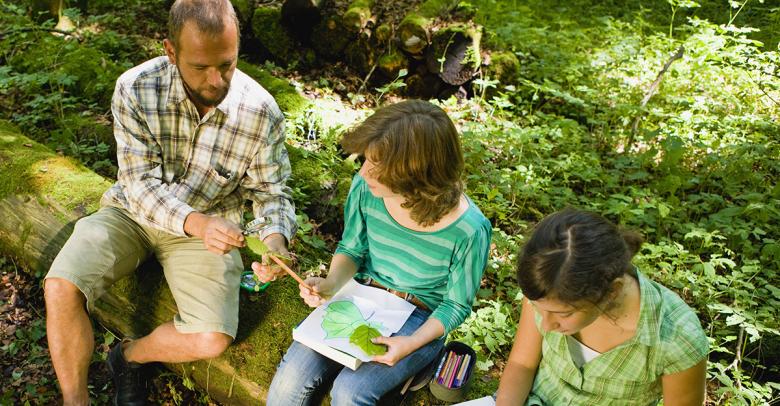
Leave a Reply